Home>diy>Building & Construction>What Are Some Pros And Cons Of Using Domes In Construction?
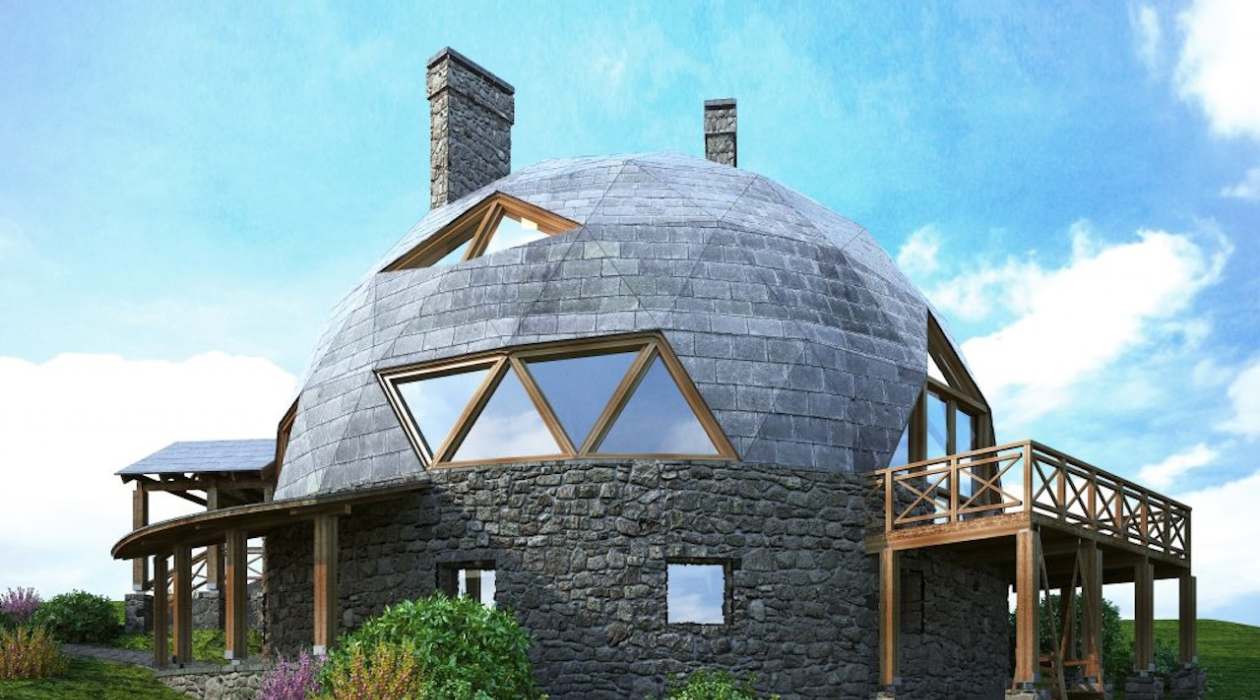

Building & Construction
What Are Some Pros And Cons Of Using Domes In Construction?
Modified: December 7, 2023
Discover the advantages and disadvantages of using domes in building construction. Gain insights on the pros and cons of this innovative architectural approach.
(Many of the links in this article redirect to a specific reviewed product. Your purchase of these products through affiliate links helps to generate commission for Storables.com, at no extra cost. Learn more)
Introduction
In the world of construction, there are many innovative techniques and designs that can be utilized to create unique and functional buildings. One such design that has gained popularity in recent years is the use of domes. Domes are curved structures that can be used in various types of buildings, from homes to commercial spaces and even public structures. They offer a range of benefits, but like any construction technique, they also come with their share of drawbacks. In this article, we will explore the pros and cons of using domes in construction, providing you with valuable insights to consider when contemplating this design choice.
Key Takeaways:
- Domes offer structural stability, energy efficiency, and resistance to natural disasters, making them an innovative choice for visually striking and sustainable buildings. However, careful consideration of cost and design complexity is crucial.
- While domes provide spacious interiors and aesthetic appeal, challenges such as interior space limitations, maintenance, and architectural compatibility should be weighed against their benefits. Thorough assessment and expert consultation are essential for successful dome construction.
Read more: What Are The Pros And Cons Of A Pergola?
Pros of Using Domes in Construction
Domes offer several advantages that make them an appealing choice for construction projects. Here are some of the key pros of using domes:
- Structural Stability: One of the main advantages of domes is their incredible structural stability. The curved shape distributes weight evenly, making them highly resistant to external forces such as wind, earthquakes, and heavy snow loads. This structural integrity contributes to their longevity and durability.
- Energy Efficiency: Domes are known for their energy efficiency. The curved shape minimizes surface area exposed to the outside environment, reducing heat loss in cold climates and heat gain in warm climates. Additionally, domes can accommodate thick insulation, further enhancing energy efficiency and reducing energy consumption.
- Spacious Interior: The design of domes allows for an open and spacious interior. The absence of columns or load-bearing walls in the center of the structure creates a limitless space that can be utilized flexibly. This makes domes ideal for large gathering areas, such as event venues, stadiums, and exhibition halls.
- Aesthetically Pleasing: Domes are visually striking and can add an architectural focal point to any project. The elegant, curved shape creates a unique and eye-catching design that can enhance the overall aesthetics of a building. Domes also offer design versatility, with options for different materials and finishes to suit various architectural styles.
- Sustainability: Domes are considered environmentally friendly due to their energy efficiency and use of fewer materials compared to traditional construction techniques. The reduced surface area and efficient insulation result in lower heating and cooling needs, reducing the overall carbon footprint of the building.
- Resistance to Natural Disasters: Due to their strong structural integrity, domes have shown exceptional resistance to natural disasters such as hurricanes, tornadoes, and wildfires. Their curved shape allows wind and pressure to smoothly flow around them, minimizing the risk of damage or collapse.
When considering using domes in construction, it’s important to weigh the pros and cons. Domes can offer efficient use of space, strength, and unique aesthetics, but they may also present challenges with insulation, construction complexity, and cost.
Cons of Using Domes in Construction
While domes offer numerous benefits, it is important to consider the potential drawbacks before deciding on this construction method. Here are some of the cons of using domes:
- Cost: Constructing a dome can be more expensive compared to traditional building methods. The unique shape and specialized construction techniques can increase labor and material costs. Additionally, customization and architectural features can further drive up the overall price of the project.
- Interior Space Limitations: While domes provide a spacious interior, the curvature of the walls can limit the usable space. Traditional furniture and fixtures may not fit perfectly against the curved walls, making it challenging to maximize the utilization of the entire floor area.
- Complexity of Design: Designing a dome requires specific knowledge and expertise. Architects and engineers need to carefully consider factors such as structural calculations, material compatibility, and ventilation requirements to ensure the dome meets building codes and regulations. This level of complexity can make the design process more challenging and time-consuming.
- Maintenance and Repairs: Domes can be more difficult to maintain and repair compared to traditional buildings. The curved shape and unique construction techniques can make it challenging to access certain areas for maintenance or repairs. Additionally, finding contractors with experience in dome construction and repair may be more limited, potentially resulting in higher costs for specialized services.
- Limited Architectural Compatibility: Domes may not be suitable for all architectural styles or building contexts. Their unique shape can clash with certain design aesthetics, limiting their applicability in some scenarios. It is important to assess the overall architectural vision and suitability of a dome in the context of the surrounding environment.
Conclusion
Using domes in construction can offer numerous benefits, such as structural stability, energy efficiency, spacious interiors, aesthetic appeal, sustainability, and resistance to natural disasters. However, it is important to carefully consider the potential drawbacks, including cost, interior space limitations, complexity of design, maintenance and repair challenges, and limited architectural compatibility.
Ultimately, the decision to use domes in construction should be based on a thorough assessment of the project’s requirements, budget, and desired architectural vision. It is important to consult with experienced architects, engineers, and contractors who have expertise in dome construction to ensure the successful implementation of this design choice.
While domes may not be suitable for every project, they can provide a unique and innovative architectural solution for those looking for structural stability, energy efficiency, and aesthetic appeal. With the right planning and execution, domes can create visually striking and functional buildings that stand the test of time.
Frequently Asked Questions about What Are Some Pros And Cons Of Using Domes In Construction?
Was this page helpful?
At Storables.com, we guarantee accurate and reliable information. Our content, validated by Expert Board Contributors, is crafted following stringent Editorial Policies. We're committed to providing you with well-researched, expert-backed insights for all your informational needs.



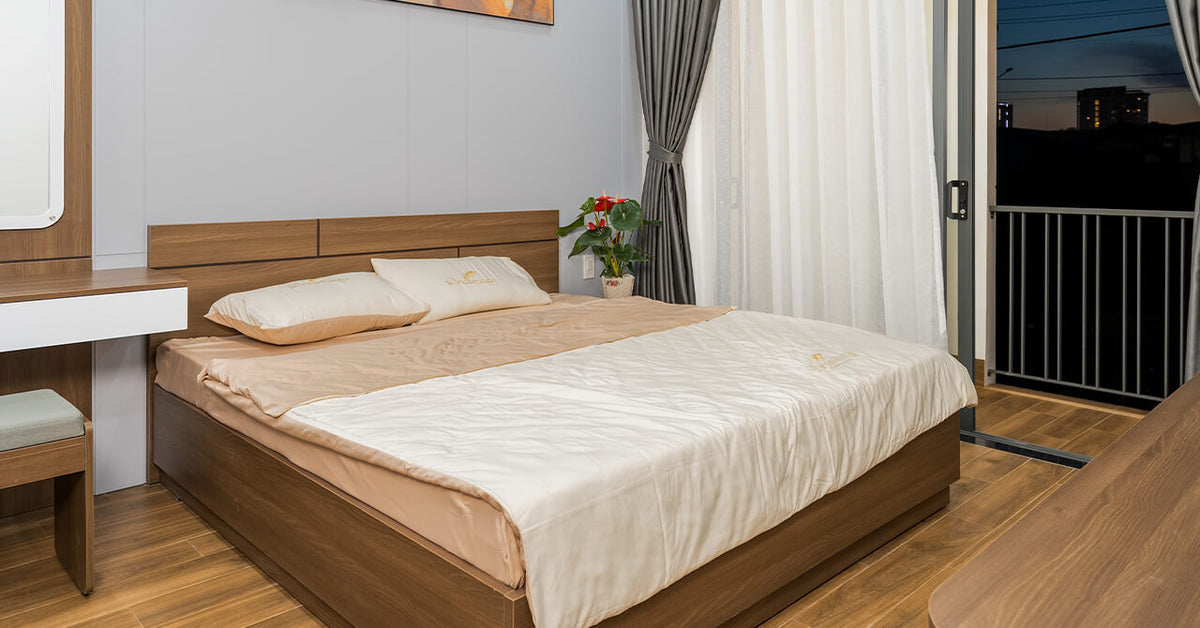
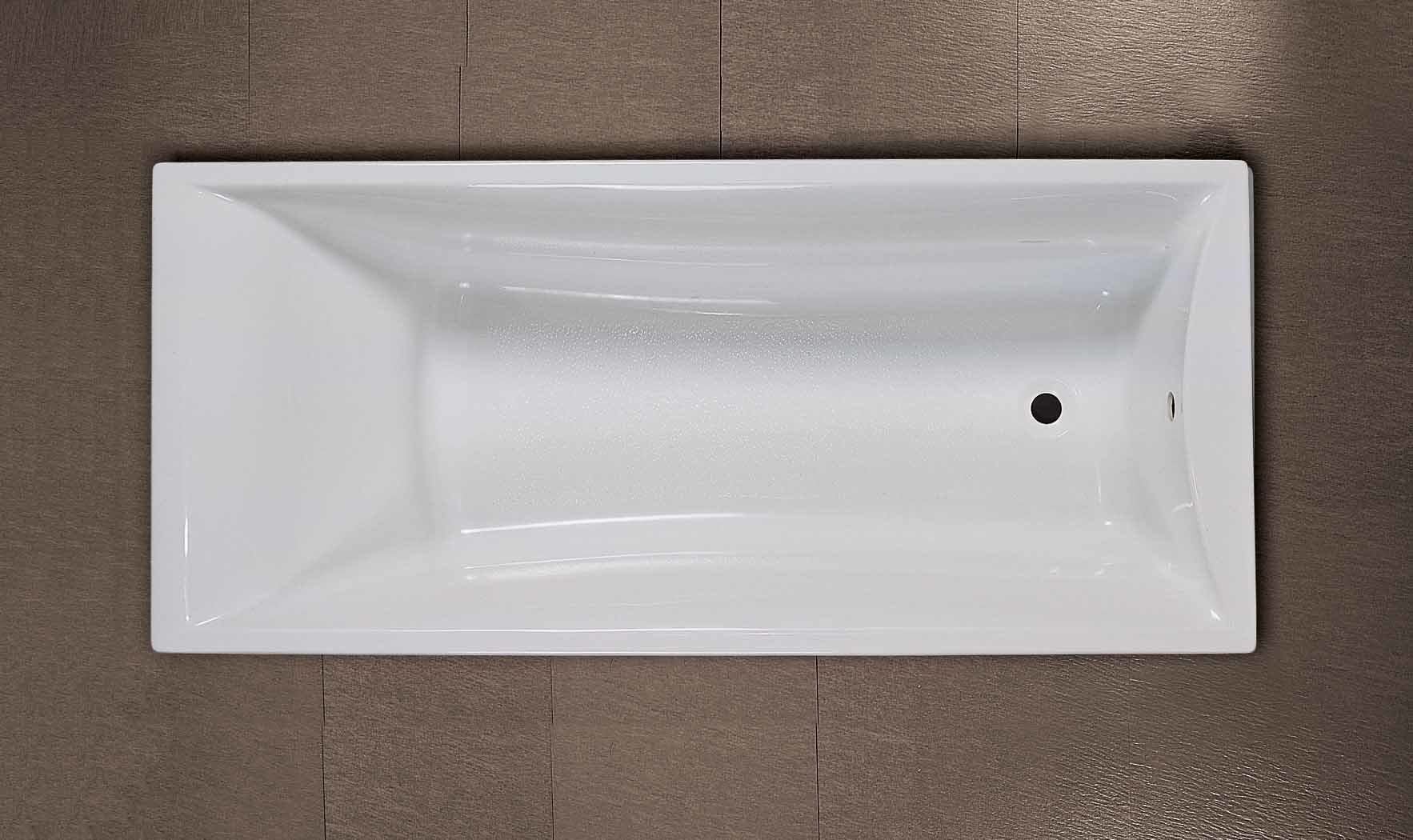
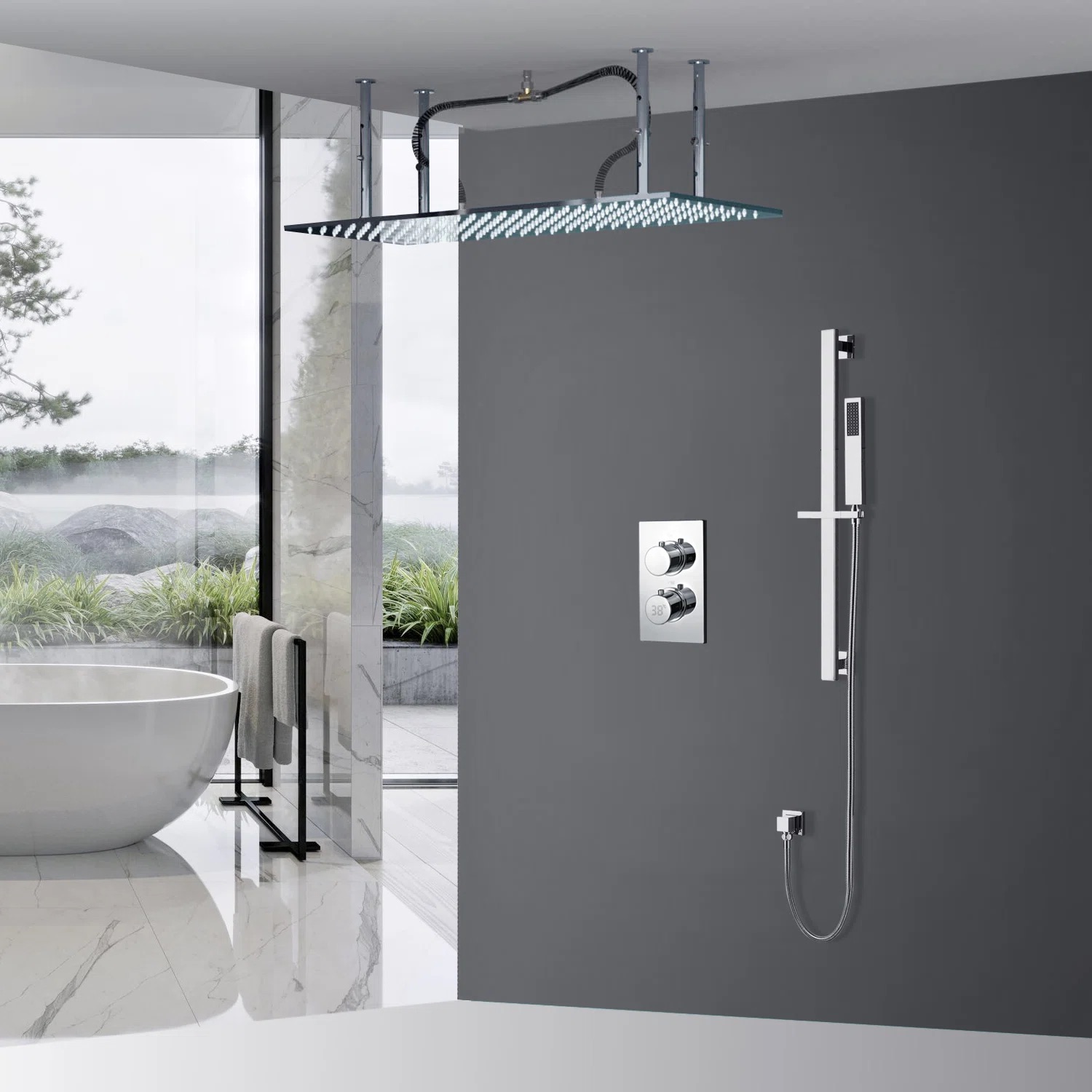
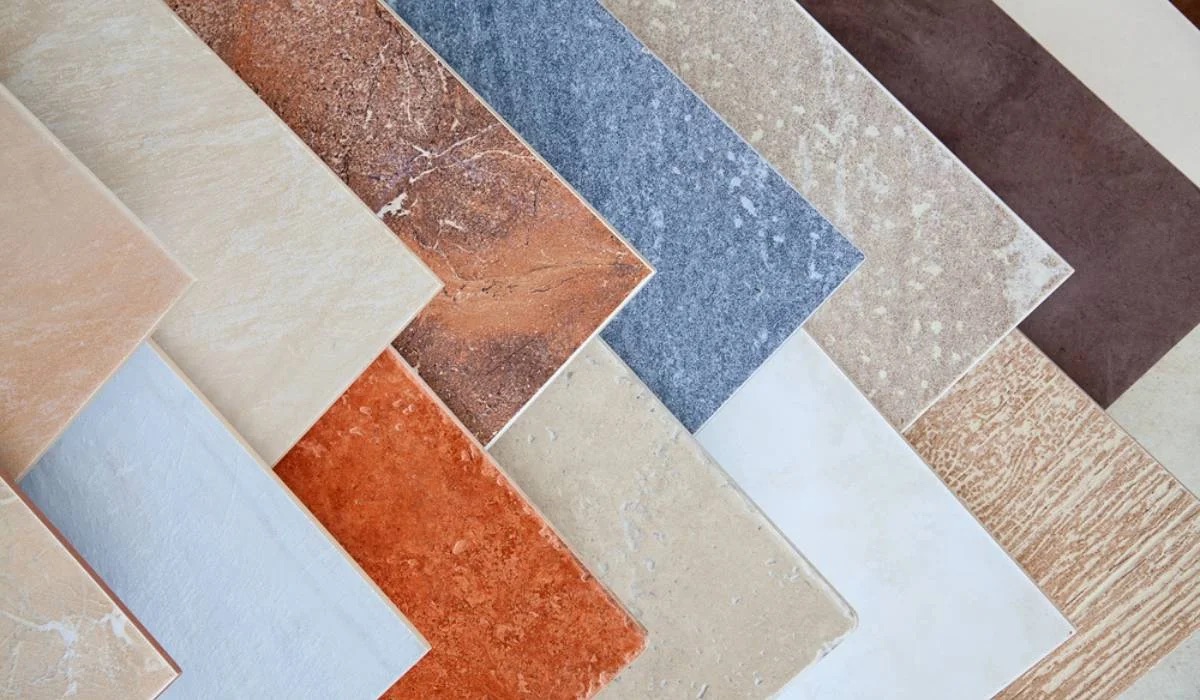
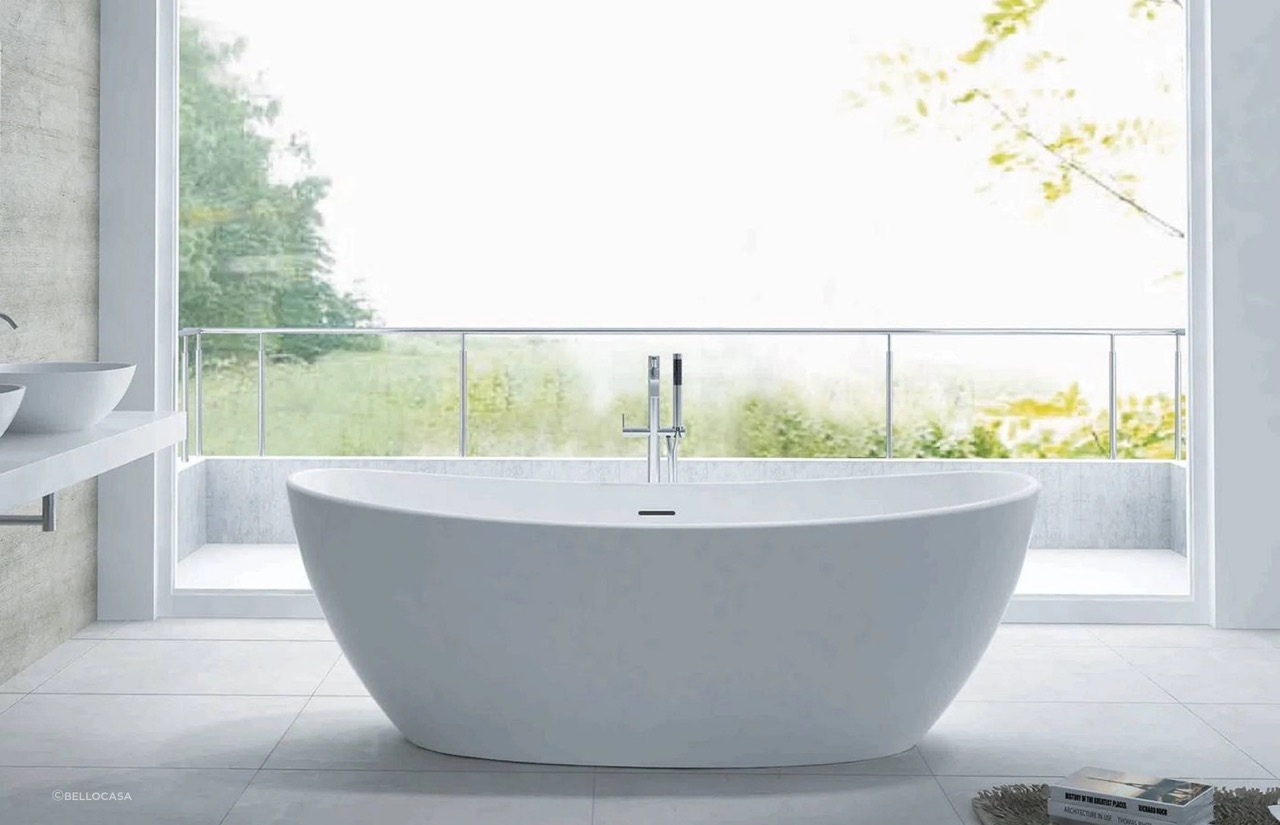

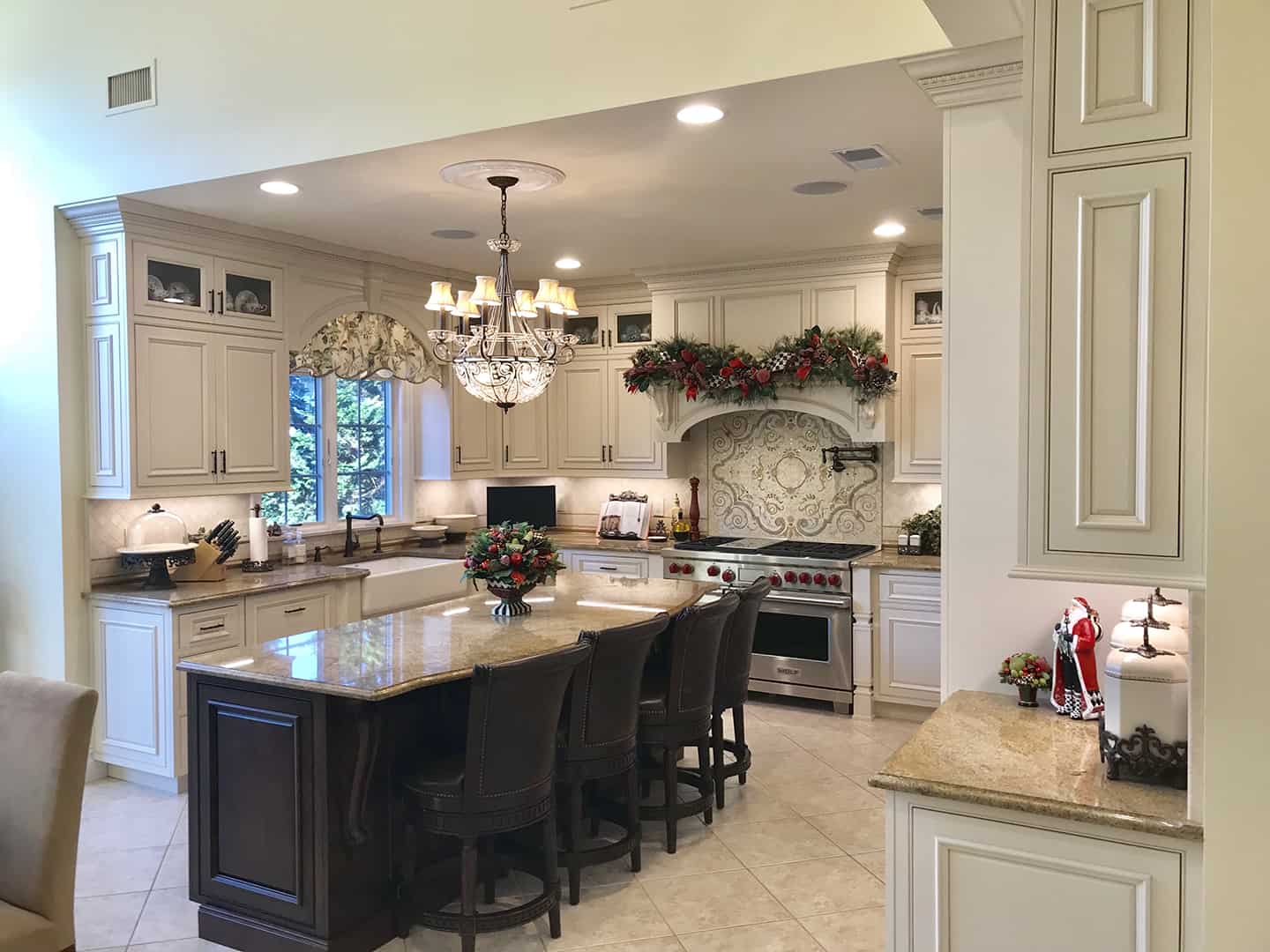

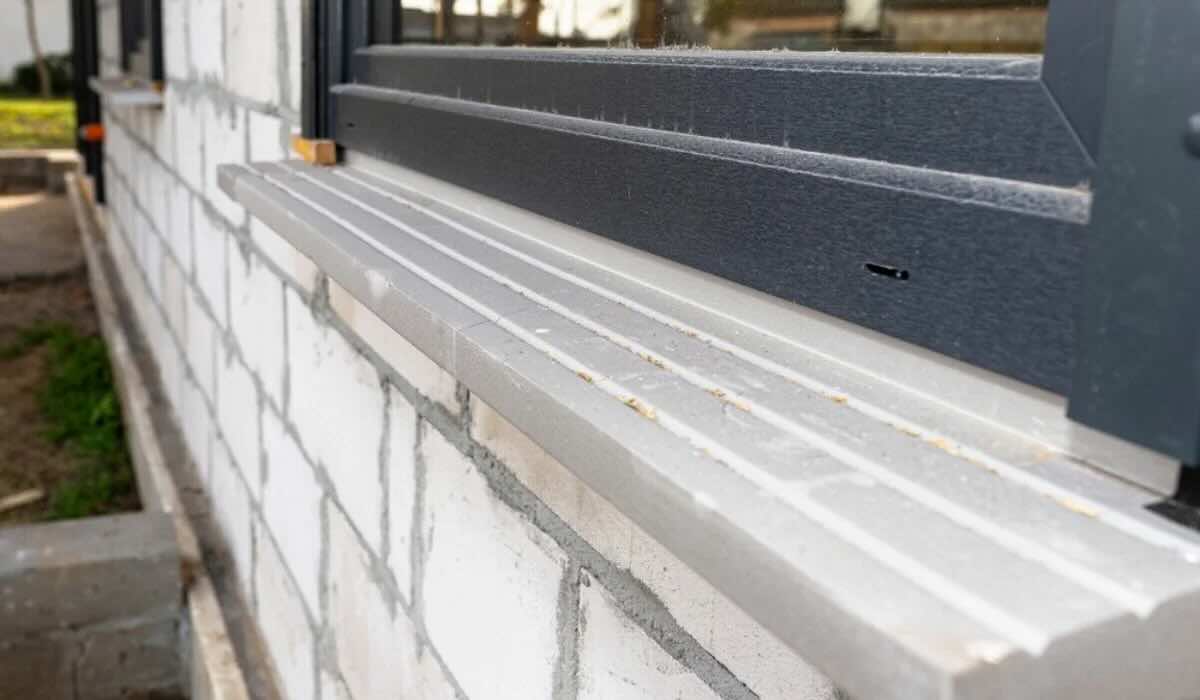
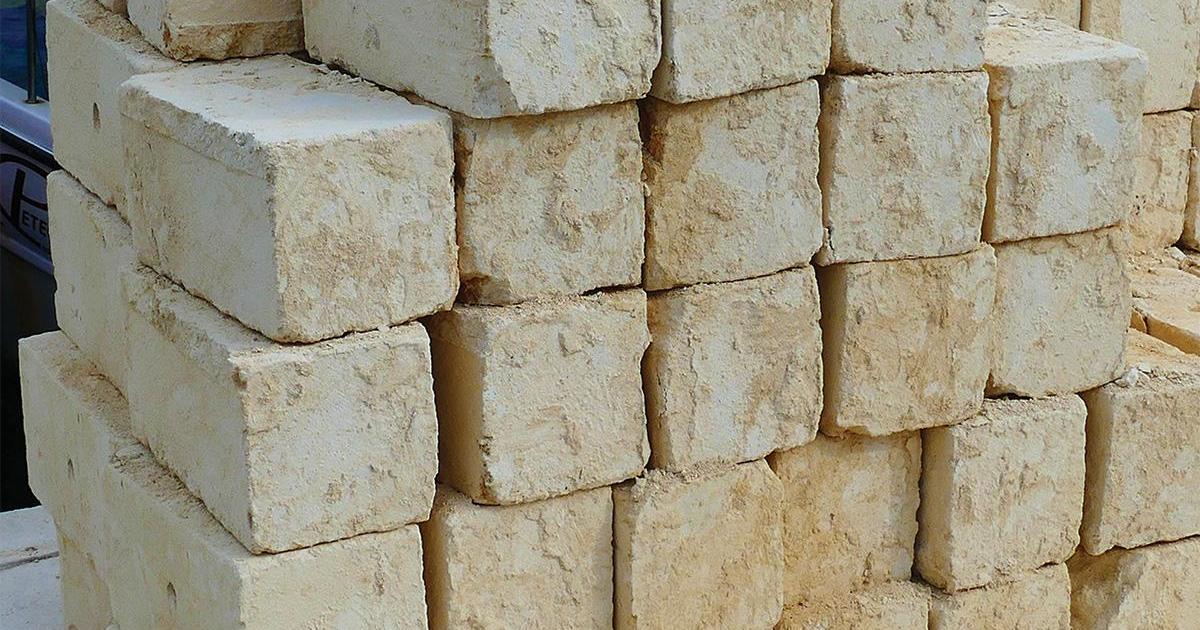

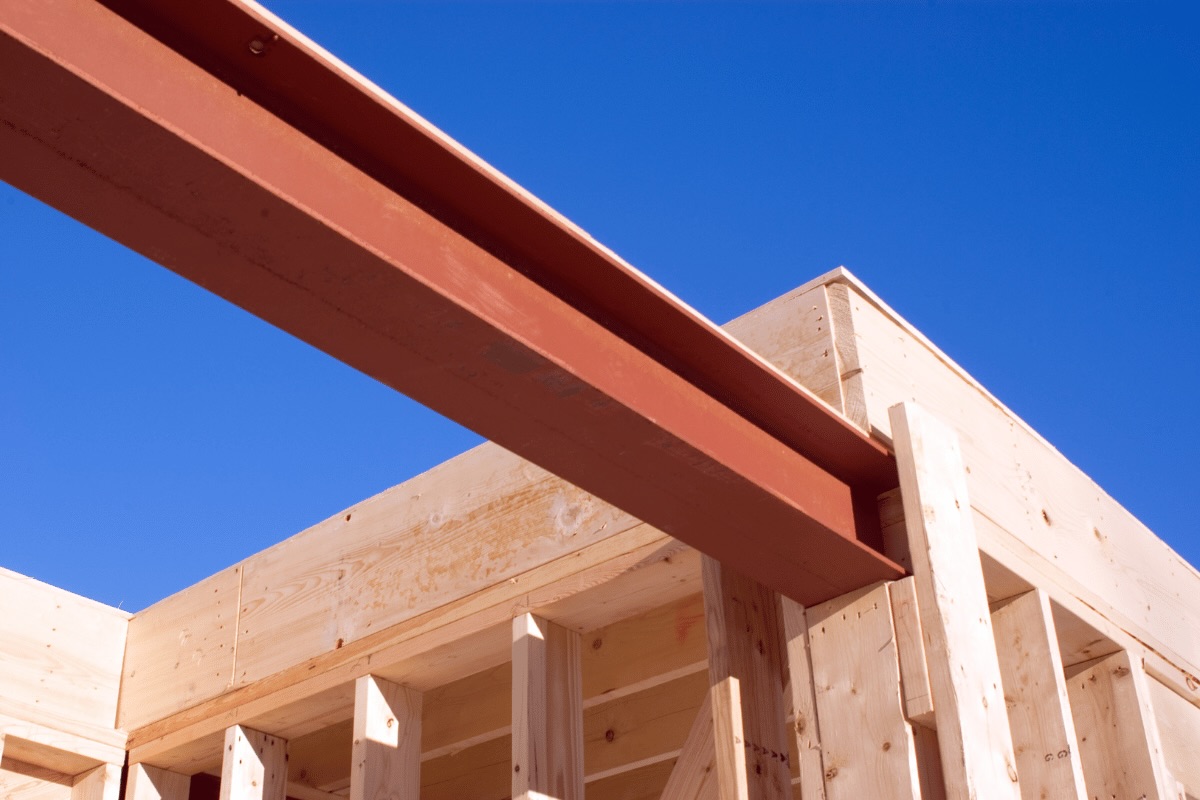

0 thoughts on “What Are Some Pros And Cons Of Using Domes In Construction?”